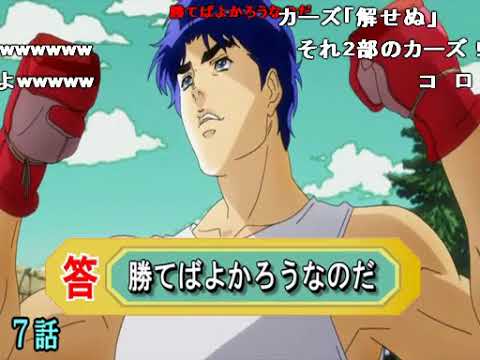Samuel Beckett’s Waiting for Godot explained with act summaries in just a few minutes!
Course Hero Literature Instructor Russell Jaffe explains the themes in Samuel Beckett’s play Waiting for Godot.
Download the free study guide and infographic for Waiting for Gadot here: https://www.coursehero.com/lit/Waiting-for-Godot/infographic/
Samuel Beckett’s desolate comedy Waiting for Godot treats the despair of the contemporary condition as an absurdity.
Vladimir and Estragon wait for the title character, who never comes. The purpose of this unrealized meeting is never made clear.
Seemingly dislocated in time, they encounter several figures repeatedly, though these figures do not appear to remember them.
As they idle away the hours, they discuss the strangeness of life and propose various diversions, including suicide by hanging. Sex, death, pain, and humiliation are all fair game, but the characters persist in hoping for the arrival of salvation.
Written in the era following World War II and defined by a new awareness of the disposability of human life, the play takes the nihilism that resulted and pushes it to comic extremes.
The tragicomedy Waiting for Godot was the first truly successful play in the genre called the Theatre of the Absurd. Like other absurdist plays, it asks a serious question: Does the human condition have meaning?
Irish playwright Samuel Beckett’s Waiting for Godot was first performed in 1953. Beckett’s works concentrate on the basic dilemmas and anguish of human experience and explore identity and purpose and Beckett was awarded the Nobel Prize for Literature for 1969. Waiting for Godot is ranked #1 in a National Theatre survey of the most significant English-language plays.
The play contains many powerful themes, including the folly of seeking meaning, as the two men wait for meaning and direction despite the fact that Godot never arrives; the absurdity of existence, as the men agree to leave but never move, causing nothing to change; and the purposelessness of life, as Vladimir and Estragon realize there is nothing to do, and Pozzo and Lucky are just as lost. Important symbols include the leafless tree, Pozzo’s rope, and Lucky’s baggage.
Explore Course Hero’s collection of free literature study guides, Q&A pairs, and infographics here: https://www.coursehero.com/lit/
About Course Hero:
Course Hero helps empower students and educators to succeed! We’re fueled by a passionate community of students and educators who share their course-specific knowledge and resources to help others learn. Learn more at http://www.coursehero.com
Master Your Classes™ with Course Hero!
Get the latest updates:
Facebook: https://www.facebook.com/coursehero
Twitter: https://twitter.com/coursehero
| この動画について | |
|---|---|
| URL | https://www.youtube.com/watch?v=UfkNZ5aqpkA |
| 動画ID | UfkNZ5aqpkA |
| 投稿者 | Course Hero |
| 再生時間 | 03:21 |



コメント